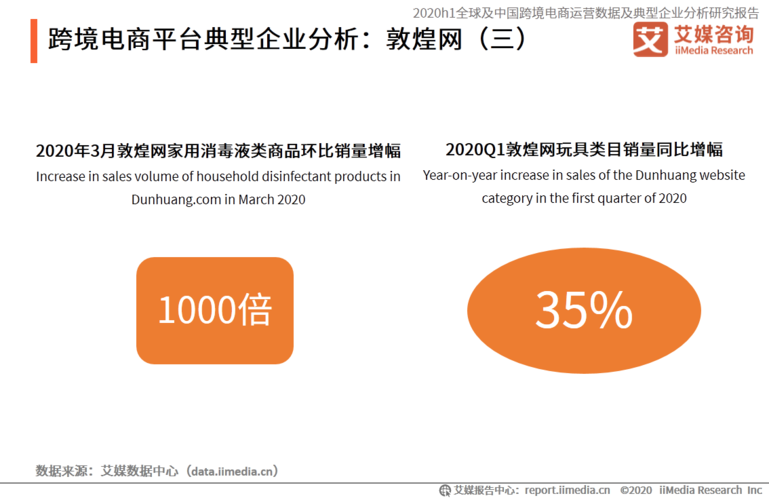1.DirectandClearCommunication
Analysis of Sentence Patterns in Cross-border E-commerce
Cross-border e-commerce involves the online buying and selling of goods and services across international borders. In this digital age, understanding the unique sentence patterns used in cross-border e-commerce can help businesses effectively communicate with their global audience and optimize their marketing strategies. Let's delve into the key sentence patterns in cross-border e-commerce:
In cross-border e-commerce, it is essential to communicate directly and clearly with customers. Sentences are often structured in a simple and straightforward manner to convey information efficiently. Avoiding complex sentence structures and using concise language can help overcome language barriers and ensure that the message is easily understood by customers from different linguistic backgrounds.
Sentence patterns in cross-border e-commerce often incorporate persuasive language to influence purchasing decisions. This includes using power words, such as "exclusive," "limited time offer," and "best-seller," to create a sense of urgency and encourage customers to take action. By leveraging persuasive language effectively, businesses can drive conversions and boost sales.
When engaging in cross-border e-commerce, it is crucial to consider the cultural nuances and preferences of the target audience. Sentence patterns should be tailored to resonate with the local culture and customs. This may involve using idiomatic expressions, references to local holidays or traditions, and adapting the tone and style of communication to align with cultural norms. By demonstrating cultural sensitivity in sentence patterns, businesses can build trust and rapport with international customers.
Effective product descriptions are vital in cross-border e-commerce to provide customers with detailed information about the products being sold. Sentences should be structured to highlight the key features, benefits, and specifications of the products in a clear and concise manner. Including relevant keywords and using bullet points or lists can enhance readability and make it easier for customers to make informed purchasing decisions.
Sentence patterns in cross-border e-commerce often include a strong call to action to prompt customers to take the desired action, such as making a purchase, signing up for a newsletter, or following on social media. CTAs should be clear, compelling, and strategically placed within the content to encourage engagement. Using imperative verbs and creating a sense of urgency can motivate customers to act quickly and drive conversions.
Personalizing the shopping experience is key to building customer loyalty and driving repeat business in cross-border e-commerce. Sentence patterns can be tailored to address customers by name, recommend personalized products based on their browsing history, and provide targeted offers or discounts. By fostering a sense of connection and engagement through personalized communication, businesses can enhance the overall customer experience and increase customer satisfaction.
Understanding the unique sentence patterns in cross-border e-commerce is essential for businesses looking to expand their global reach and connect with international customers effectively. By focusing on direct and clear communication, using persuasive language, demonstrating cultural sensitivity, providing clear product descriptions, incorporating strong CTAs, and personalizing customer engagement, businesses can optimize their marketing efforts and drive success in the competitive world of cross-border e-commerce.

